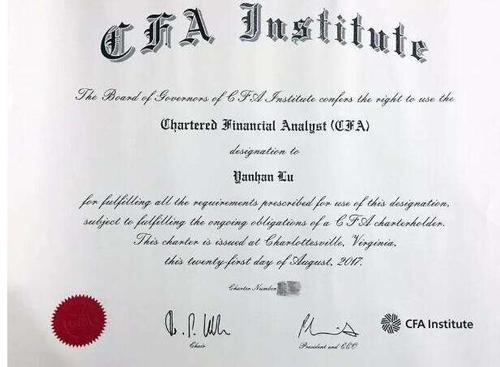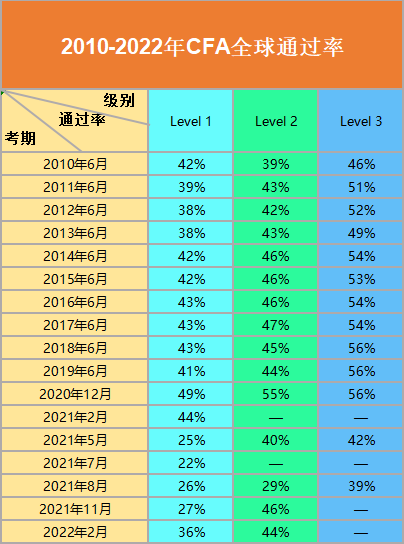Aswath Damodaran: The Most Reliable Investment Valuations Balance Numbers and Narratives
By David Larrabee, CFA
Categories: Behavioral Finance, Equity Investments, Quantitative Methods

When it comes to valuing stocks, the most reliable valuations come from imaginative number crunchers and disciplined storytellers, says Aswath Damodaran. And too often pure “numbers” people drift off into what he calls “spreadsheet nirvana.” Similarly, investors who focus purely on the narrative of a potential investment run the risk of quickly “veering from reality to fantasy.”Damodaran, who teaches valuation and corporate finance at the Stern School of Business at New York University (NYU), made these remarks at the recent CFA Institute Equity Research and Valuation Conference 2014 in Boston, where he urged attendees to bridge the gap between numbers and narratives, insisting that the best valuations are not just “a collection of numbers, but a story connected to numbers.”Damodaran acknowledged the critical role that numbers play in the valuation process, but he warned that they should be used judiciously. Due to mission creep, he thinks accounting statements have become increasingly difficult to navigate and fair value accounting has become an oxymoron, allowing for bias and the illusion of objectivity in valuations. Similarly, the emergence of Big Data as an input into sophisticated valuation models driven by “Excel Ninjas,” and the accompanying notion that “more is better,” has its limits. Adding an extra decimal place to your model’s projected operating profit margin conveys a false sense of precision with no meaningful improvement in outcomes.Analysts who focus solely on the numbers are unlikely to convince skeptics or potential investors if they have no compelling narrative. They also risk missing internal inconsistencies (that “spreadsheet nirvanna” where trees grow to the sky and margins expand forever). For Damodaran, every number in an analyst’s model should have a story behind it.If Benjamin Graham and David Dodd’s Security Analysis is the quintessential playbook for number crunchers, Damodaran suggested that storytellers look to Philip Fisher’s Common Stocks and Uncommon Profits and Other Writings for similar guidance. Humans are wired to be more receptive to stories than numbers, and in investing the ability to make a persuasive case for a stock’s valuation is critically important. “Stories connect with people while numbers don’t,” said Damodaran.Narratives generally work best with start-up firms but they can also be effective with special situations and turnaround stories. If left unchecked, however, storytellers can quickly wind up in “fantasyland,” according to Damodaran. This happens when a narrative-based valuation is not sufficiently supported by numbers. Without numbers, storytellers also have no way to measure whether the narrative is holding up over time.Damodaran prescribed a six-step process for bridging the gap between narratives and numbers and generating more reliable valuations.
Survey the landscape: Understand the company’s business model, the market in which it operates, and its competitors.
Create a narrative for the future: Develop your storyline by assessing the company’s products and management, the markets in which it operates, and the competitive landscape.
Check the narrative against history, economic principles, and common sense: Distinguish between what is possible, what is plausible, and what is probable.
Connect your narrative to key value drivers: Value can come in different forms, including dominant market shares, sustainable competitive advantages, or easy scaling.
Value the company: The most straightforward valuation incorporates a discounted cash flow model.
Keep the feedback loop open: Earnings reports, corporate actions, management changes, macroeconomic news, and political developments can impact both numbers and narratives, so vigilance and reassessment is critically important.
In sum, numbers and narratives are essential elements to an effective valuation. And number crunchers and storytellers are both prone to operating in an echo chamber, where their assumptions go unchallenged. Those who manage to bridge the gap between number crunching and storytelling are more apt to find success as investors.If you liked this post, don’t forget to subscribe to the Enterprising Investor.All posts are the opinion of the author. As such, they should not be construed as investment advice, nor do the opinions expressed necessarily reflect the views of CFA Institute or the author’s employer.
By David Larrabee, CFA
Categories: Behavioral Finance, Equity Investments, Quantitative Methods

When it comes to valuing stocks, the most reliable valuations come from imaginative number crunchers and disciplined storytellers, says Aswath Damodaran. And too often pure “numbers” people drift off into what he calls “spreadsheet nirvana.” Similarly, investors who focus purely on the narrative of a potential investment run the risk of quickly “veering from reality to fantasy.”Damodaran, who teaches valuation and corporate finance at the Stern School of Business at New York University (NYU), made these remarks at the recent CFA Institute Equity Research and Valuation Conference 2014 in Boston, where he urged attendees to bridge the gap between numbers and narratives, insisting that the best valuations are not just “a collection of numbers, but a story connected to numbers.”Damodaran acknowledged the critical role that numbers play in the valuation process, but he warned that they should be used judiciously. Due to mission creep, he thinks accounting statements have become increasingly difficult to navigate and fair value accounting has become an oxymoron, allowing for bias and the illusion of objectivity in valuations. Similarly, the emergence of Big Data as an input into sophisticated valuation models driven by “Excel Ninjas,” and the accompanying notion that “more is better,” has its limits. Adding an extra decimal place to your model’s projected operating profit margin conveys a false sense of precision with no meaningful improvement in outcomes.Analysts who focus solely on the numbers are unlikely to convince skeptics or potential investors if they have no compelling narrative. They also risk missing internal inconsistencies (that “spreadsheet nirvanna” where trees grow to the sky and margins expand forever). For Damodaran, every number in an analyst’s model should have a story behind it.If Benjamin Graham and David Dodd’s Security Analysis is the quintessential playbook for number crunchers, Damodaran suggested that storytellers look to Philip Fisher’s Common Stocks and Uncommon Profits and Other Writings for similar guidance. Humans are wired to be more receptive to stories than numbers, and in investing the ability to make a persuasive case for a stock’s valuation is critically important. “Stories connect with people while numbers don’t,” said Damodaran.Narratives generally work best with start-up firms but they can also be effective with special situations and turnaround stories. If left unchecked, however, storytellers can quickly wind up in “fantasyland,” according to Damodaran. This happens when a narrative-based valuation is not sufficiently supported by numbers. Without numbers, storytellers also have no way to measure whether the narrative is holding up over time.Damodaran prescribed a six-step process for bridging the gap between narratives and numbers and generating more reliable valuations.
Survey the landscape: Understand the company’s business model, the market in which it operates, and its competitors.
Create a narrative for the future: Develop your storyline by assessing the company’s products and management, the markets in which it operates, and the competitive landscape.
Check the narrative against history, economic principles, and common sense: Distinguish between what is possible, what is plausible, and what is probable.
Connect your narrative to key value drivers: Value can come in different forms, including dominant market shares, sustainable competitive advantages, or easy scaling.
Value the company: The most straightforward valuation incorporates a discounted cash flow model.
Keep the feedback loop open: Earnings reports, corporate actions, management changes, macroeconomic news, and political developments can impact both numbers and narratives, so vigilance and reassessment is critically important.
In sum, numbers and narratives are essential elements to an effective valuation. And number crunchers and storytellers are both prone to operating in an echo chamber, where their assumptions go unchallenged. Those who manage to bridge the gap between number crunching and storytelling are more apt to find success as investors.If you liked this post, don’t forget to subscribe to the Enterprising Investor.All posts are the opinion of the author. As such, they should not be construed as investment advice, nor do the opinions expressed necessarily reflect the views of CFA Institute or the author’s employer.




 职场见闻
职场见闻
 发布时间:2013-12-24
发布时间:2013-12-24


 复制本文链接
复制本文链接 模拟题库
模拟题库

 26568
26568


























